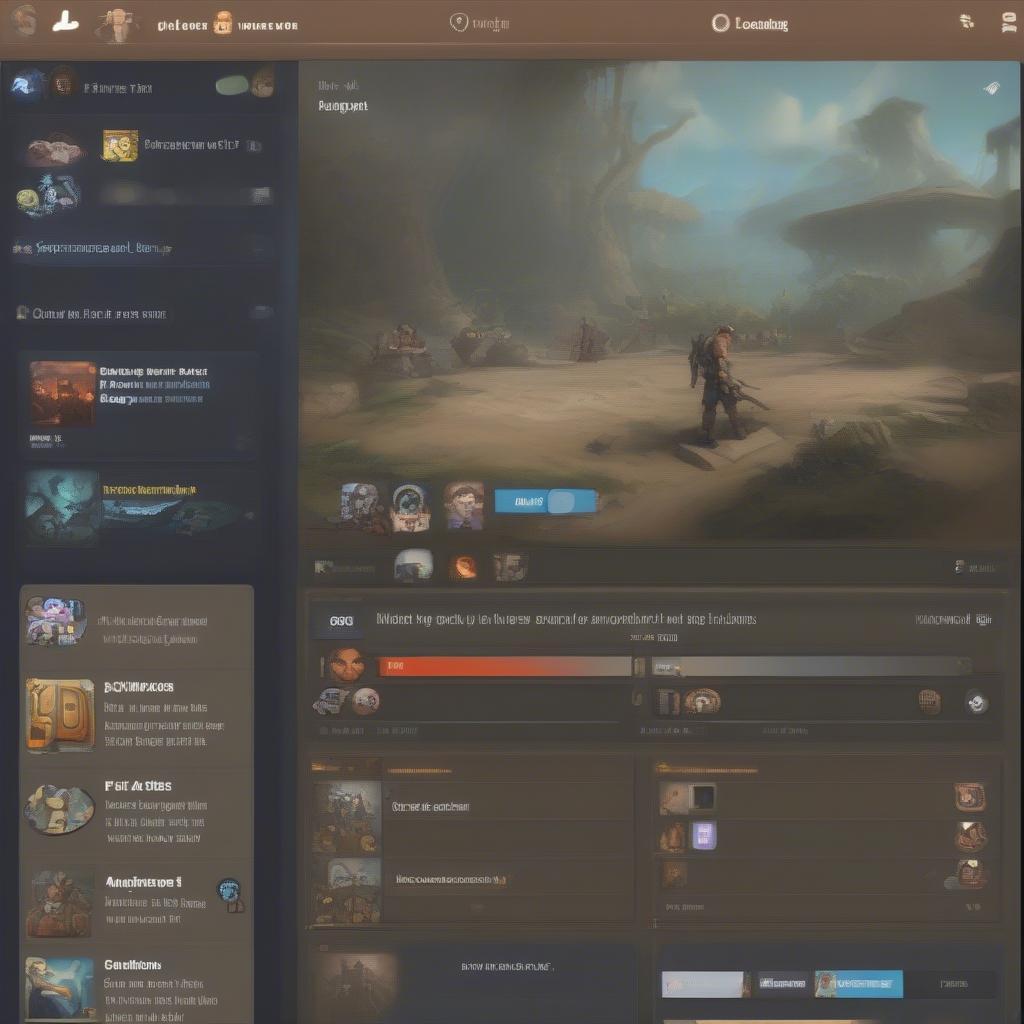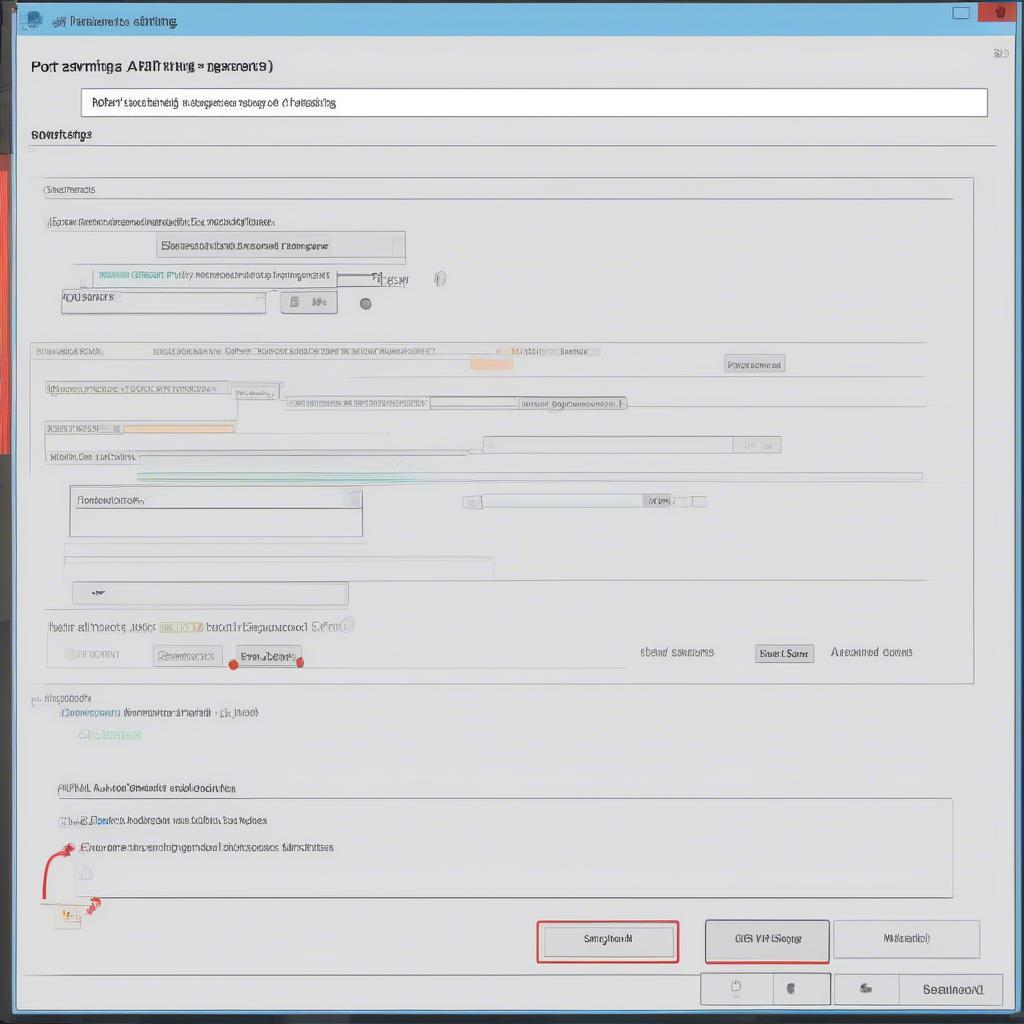Have you ever been super hyped to jump into a Fortnite match with your squad, only to be met with endless loading screens? It’s frustrating, we know! Here at Games Fortnite, we understand the pain of not being able to join a game when you’re ready to drop into the action. This article will dive deep into the common reasons why you might be facing this issue, from server problems to your own internet hiccups. We’ll explore practical troubleshooting steps, ensuring you can get back to those Victory Royales as quickly as possible.
We’ll help you pinpoint what might be going wrong, from your console settings to the game’s own servers. Think of this article as your ultimate guide to solving the “can’t load into games” mystery. We’re not just going to tell you “turn it off and on again,” we’ll explain why and give you a variety of solutions. Ready to troubleshoot? Let’s dive in!
Common Reasons You Can’t Load Into Fortnite Games
There are several reasons why you might be stuck on the loading screen instead of battling it out on the island. Identifying the root cause is the first step to fixing the issue. Let’s explore some of the most common culprits.
Server Issues and Maintenance
Sometimes, the problem isn’t on your end at all. Fortnite’s servers, like any online service, can experience outages or scheduled maintenance. This can prevent you from loading into matches. These outages can be due to a variety of factors such as unexpected server load, software updates, or even cyber attacks. Check the official Fortnite social media channels, like their X (formerly Twitter) account, or the Epic Games server status page for updates. It might just be a waiting game!
Internet Connection Problems
A stable internet connection is crucial for online gaming. If your Wi-Fi signal is weak, or your internet speed is fluctuating, you may have trouble connecting to the Fortnite servers. Check your router, and consider restarting it if you’re encountering connection issues. Slow internet speed can also lead to problems. Consider testing your connection speed and compare it with the recommended requirements for Fortnite. Perhaps you might also consider using an ethernet cable connection for a more stable connection.
Software and Hardware Conflicts
Outdated game files or conflicts with other software running on your system can interfere with Fortnite’s ability to load matches. Similarly, hardware issues like overheating on your gaming console or PC could cause stability issues. Make sure your game is updated to the latest version. Additionally, ensure that all your hardware drivers are up-to-date. Sometimes, simply restarting your device can resolve these conflicts, similar to how [fortnite crashing when joining game] can be temporarily resolved by restarting.
Game File Corruption
If you’ve recently experienced a power outage or had an unexpected game crash, some game files may become corrupted. This corruption can cause the game to malfunction, including issues with loading into matches. Verifying game files through the Epic Games launcher or your console’s equivalent is a great first step in addressing game file corruption. This verifies the game files, and downloads missing or broken game files, similar to how you would deal with missing files that are causing [How to use the map in Fortnite].
Platform Specific Issues
Sometimes, specific platforms may encounter particular issues. Console players could be facing issues with their network settings, whereas PC players could be experiencing problems due to outdated system drivers. Checking platform-specific support forums can often reveal if there’s a known issue affecting your device type. Knowing that can save you time from trying to resolve things that is not on your end. This is also similar to checking for [Tips for Fortnite Build Fights mode] tips when wanting to improve that.
“It’s critical to remain patient and methodical during the troubleshooting process,” says Dr. Eleanor Vance, a lead game engineer at a prominent studio. “By systematically checking each component, from your connection to the game files themselves, the root of the issue usually becomes clear.”
Troubleshooting Steps to Fix Loading Issues
Okay, you know why you might be having trouble. Now, let’s talk about how to fix it. Here’s a step-by-step guide to getting you back into the Fortnite action.
Check Server Status
Before diving into technical fixes, always check the Fortnite server status. Visit the official Epic Games website or their social media channels to see if there are any known issues. If servers are down, there’s nothing you can do but wait for them to be restored. Once the servers are up and running, you will be able to play without a problem.
Restart Your Game and Device
It might seem simple, but restarting your game and your device can often clear up temporary glitches that are preventing you from loading into matches. Close Fortnite completely and restart your console, PC or mobile device. Then relaunch the game, similar to how you restart your car engine when it is having trouble getting started.
Verify Game Files
Corrupted game files can cause all sorts of issues, including loading problems. Use the Epic Games Launcher or your console’s equivalent to verify the integrity of your game files. This will check for any corrupted files and redownload them if necessary. The process is usually quick and straightforward, similar to how verifying the integrity of a [Guide to Fortnite Team Rumble mode] guide is simple and straight forward.
 verifying-game-files-for-fortnite
verifying-game-files-for-fortnite
Update Your Game
Make sure that your game is updated to the latest version. Developers regularly release updates to fix bugs, improve performance, and add new content. Outdated versions of the game can cause compatibility issues leading to loading errors. This is why making sure you have the latest version is important.
Check Internet Connection and Speed
Verify your internet connection. Run a speed test and compare it to the minimum requirements for Fortnite. Make sure you are connected to a stable network with sufficient bandwidth. If you are using Wi-Fi, try moving closer to the router or try using a wired ethernet connection. Often, this can dramatically improve performance.
Disable Background Applications
Background applications can sometimes interfere with Fortnite’s performance, especially if they’re using a lot of system resources. Close any non-essential applications before starting the game. This helps ensure that Fortnite has access to all the resources it needs. This is often also a great tip when dealing with [How to dodge in Fortnite] or other in-game actions that require high performance.
Adjust Game Settings
Lowering your game settings can improve performance, particularly if you’re running on older hardware. Try reducing the graphics quality and the rendering resolution. Start by reducing the shadow and texture quality to medium and work your way down until you find the right balance.
Update Drivers
Outdated drivers for your graphics card and network adapter can cause instability issues. Make sure to update your drivers to the latest versions. You can usually download the most recent drivers from the hardware manufacturer’s website.
Check Firewall and Antivirus Settings
Your firewall or antivirus software might be blocking Fortnite from connecting to the servers. Make sure Fortnite is allowed through your firewall and antivirus. You may need to create an exception for the game. Ensure that you check and verify this with your antivirus software, if you have one running.
Reinstall Fortnite
If all else fails, try uninstalling and reinstalling Fortnite. This process ensures that you are starting with a fresh installation of the game. It is also a good option to take when troubleshooting any possible issues with the game, similar to how one might consider [Tips for Fortnite Build Fights mode] if nothing else is working.
 reinstalling-fortnite-epic-games
reinstalling-fortnite-epic-games
“The best approach to troubleshooting loading issues is a process of elimination,” advises Mark Sterling, a veteran game tester. “Start with the simple steps and gradually progress to more complex ones. This method ensures that each potential cause is addressed systematically.”
Test on a Different Device
If you have access to another console or PC, try loading Fortnite on that device. This can help you determine whether the issue is specific to your current hardware or something more general. It can also help you isolate the issues you are currently facing.
Contact Fortnite Support
If all else fails, contact Fortnite support. They have technical experts who can help you troubleshoot specific problems you might be facing, especially if it’s something on their end. You can find their contact information on their website. They can also provide additional guidance and help with any other questions you might have.
Seek Community Help
Engage with the wider Fortnite community. Visit forums and social media pages where other players share their experiences. Sometimes, other users have encountered similar issues and may have found solutions not covered in the official troubleshooting guides. Sharing is caring.
 fortnite-community-online-forum
fortnite-community-online-forum
Understanding Your Network Settings
A deeper dive into your network settings can help ensure a stable gaming experience. If you’re tech-savvy, you can explore some advanced options.
Port Forwarding
Port forwarding is a technique to improve your connection to online game servers. Each game uses specific ports to communicate. You might need to configure your router to forward these ports to your gaming device. Epic Games provides details on what ports are used for Fortnite. You may want to consult your router’s documentation or contact your ISP for help with this.
Using DNS Servers
Your DNS servers translate web addresses into IP addresses that computers can understand. Using public or specialized DNS servers can sometimes result in faster loading times and a more stable connection. You might consider using Cloudflare’s DNS, Google’s Public DNS or OpenDNS. There are many other DNS servers that you could use. Ensure you make your choice carefully.
Router Settings
Ensure that your router’s firmware is up-to-date. Outdated firmware may lead to performance issues. Regularly updating it ensures you have the best connection performance. Additionally, make sure your router has Quality of Service (QoS) settings enabled and configured to prioritize game traffic.
“A deep understanding of your network settings and configurations provides additional control over your connection,” comments Alice Morgan, a network administrator with experience working with online game servers. “It can help optimize your connection and resolve underlying networking issues.”
 router-settings-for-fortnite
router-settings-for-fortnite
Final Thoughts
Not being able to load into a Fortnite match is definitely frustrating. But understanding the potential reasons behind this issue and taking a systematic approach to troubleshooting will get you back into the game soon. Here at Games Fortnite, we are here to help you make the most of your gaming experience. Remember to always check the server status, restart your game and device, verify your game files, and test your internet speed as a first step. If the problem persists, consider delving deeper into your network settings or contacting support. Happy gaming, and may your drops always be on hot zones! Let’s get you back on that battle bus soon! Remember to stay up to date with Games Fortnite for more tips, tricks and guides!
